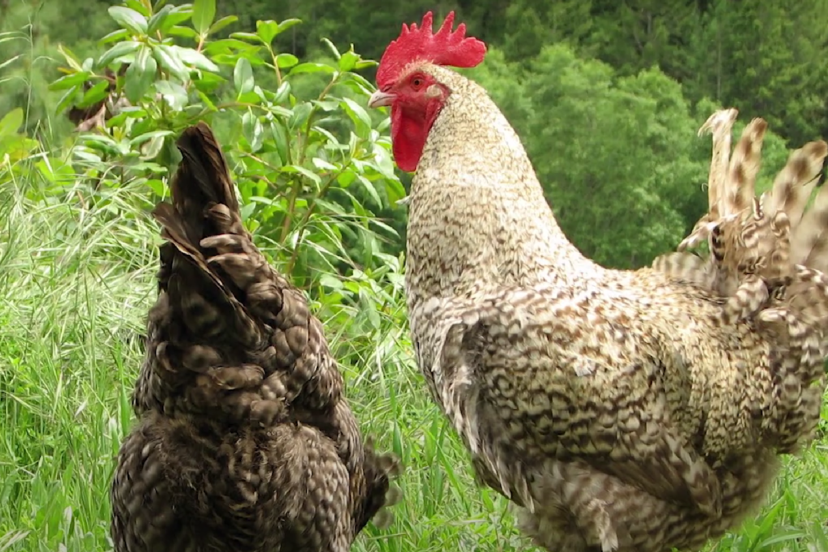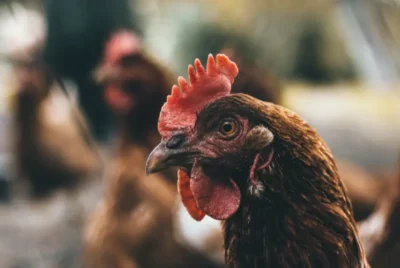Raising Golden Cuckoo Maran: A Complete Guide to This Unique Chicken Breed
Wondering why golden cuckoo maran might be your next favorite addition to the coop? With stunning golden-barred feathers and eggs that are a shade apart, these chickens pique the interest of poultry enthusiasts and novices alike. This guide will navigate you through the joys and considerations of raising golden cuckoo maran, from their origins to their outstanding contribution to both the egg basket and dinner table.
The Golden Cuckoo Marans
Originating in the mid-1800s in the French village of Marans, the Golden Cuckoo Marans has captured the attention of poultry enthusiasts across the globe. With their broad and tall stature, these birds exhibit a golden and brown cuckoo pattern that sets them apart. Their feathers are short, narrow, and somewhat rigid, resembling the quality often found in game birds.
Despite being a very rare breed, these chickens have gained popularity in the United States, fascinating many with their unique characteristics.
The History and Origin of the Breed
The history of the Marans breed, particularly marans chickens, is filled with intrigue. This breed was developed in the French port town of Marans, where frequent trade ship arrivals introduced new chicken breeds that subsequently interbred with local poultry.
The breed’s name retains the plural ‘s’ whether referring to a single bird or several, a testament to its origin – the town of Marans in France.
Recognizing the Unique Feathering
The unique feathering of Golden Cuckoo Marans sets them apart. These birds exhibit a distinctive contrast in color with a predominantly white and black body combined with golden saddle and hackle feathers. The breed’s namesake ‘cuckoo’ pattern is created by the presence of the barring gene, contributing to their irregular striped appearance.
Individual hens may showcase a range in intensity of the golden plumage, highlighting the breed’s inherent variation.
Comparing with Other Marans Varieties
The Golden Cuckoo Marans share the same breed group as Black Copper Marans. While they share the same roots, they are distinguished by their unique color patterns. The Golden Cuckoo Marans have a distinct barred feather pattern combining golden and white shades, unlike the Black Copper Marans which exhibit coppery neck feathering.
Some lines of Black Copper Marans can be noticeably larger than the Golden Cuckoo Marans lines. Also, while Black Copper Marans lay the darkest brown eggs, the Golden Cuckoo and Blue Copper Marans lay a lighter shade of dark brown eggs.
Golden Cucko Marans Dark Brown Eggs

The laying of dark brown eggs, sometimes referred to as the darkest eggs, is amongst the most striking characteristics of Golden Cuckoo Marans.
The eggs laid by these chickens range from caramel to chocolate in color, adding to their appeal and making them a specialty item, such as the dark brown egg, esteemed by French chefs for their uniqueness and quality. The dark brown egg size also contributes to their desirability.
Egg Color Variation
Deposited pigments during the egg’s formation determine the brown color of Golden Cuckoo Maran eggshells. The most abundant pigment is Protoporphyrin-IX. The intensity of brown coloration on the eggshell correlates with the quantity of pigment associated with the cuticle, which is applied toward the end of the shell formation process.
Interestingly, Marans pullets lay very dark brown eggs initially, but as their laying season progresses, the eggs gradually become lighter in shade. Stress in hens can disrupt the synthesis of the cuticle and pigment, leading to lighter-colored eggshells.
Egg Size Matters
Apart from their distinctive color, the size of the eggs laid by Golden Cuckoo Marans makes another impressive feature. These chickens typically lay extra large eggs, further adding to their appeal.
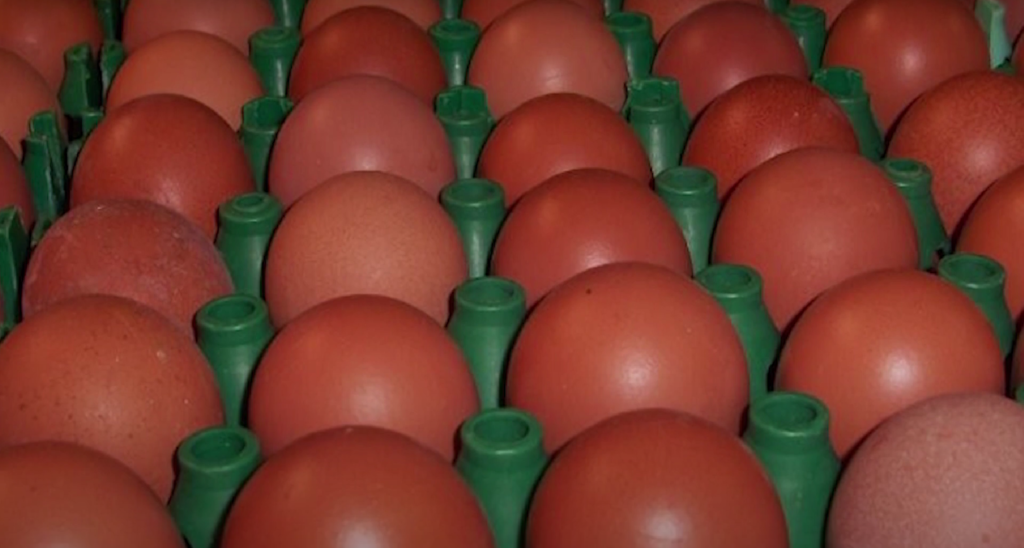
Raising Golden Cuckoo Maran Chicks
The rewarding experience of raising Golden Cuckoo Maran chicks comes with its own unique set of challenges and considerations. From the incubation period to health care, these chicks require specific care to ensure their optimal growth and development.
From Hatching to Henhouse
Golden Cuckoo Maran chicks undergo a crucial growth phase during their journey from hatching to henhouse. The eggs have an incubation period of approximately 21 days, and maintaining the right temperature and humidity in the incubator is vital for successful hatching.
Newly hatched chicks require a brooder with a heat lamp to keep the temperature around 95 degrees Fahrenheit in the first week. Training for night roosting should begin post-molt at six to eight weeks to integrate them with the flock.
Feeding for Optimal Growth
For the growth and development of Golden Cuckoo Maran chicks, the following feeding schedule is recommended:
- High-protein grower’s mash with about 19% protein until six weeks of age.
- Transition to pellets with slightly lower protein content after six weeks.
- Introduce layer feed at 18 weeks to support egg production.
On average, these chickens consume about 170g of feed per day, and fresh water should be kept at back height to prevent contamination. Also, constant access to grit aids digestion and supports strong eggshell formation.
Health and Wellness Tips
It’s necessary to exercise constant vigilance to maintain the health and wellness of Golden Cuckoo Marans. Choosing robust chicks free from observable health problems, with intact yellow legs and all toes present, is crucial for a healthy start.
Keeping your Golden Cuckoos healthy involves:
- Keeping the living area dry and clean
- Performing frequent cleanings
- Regular inspection for parasites
- Maintaining up-to-date vaccinations
These practices help protect against respiratory issues and disease.
The Dual Purpose Advantage of Golden Cuckoo Marans
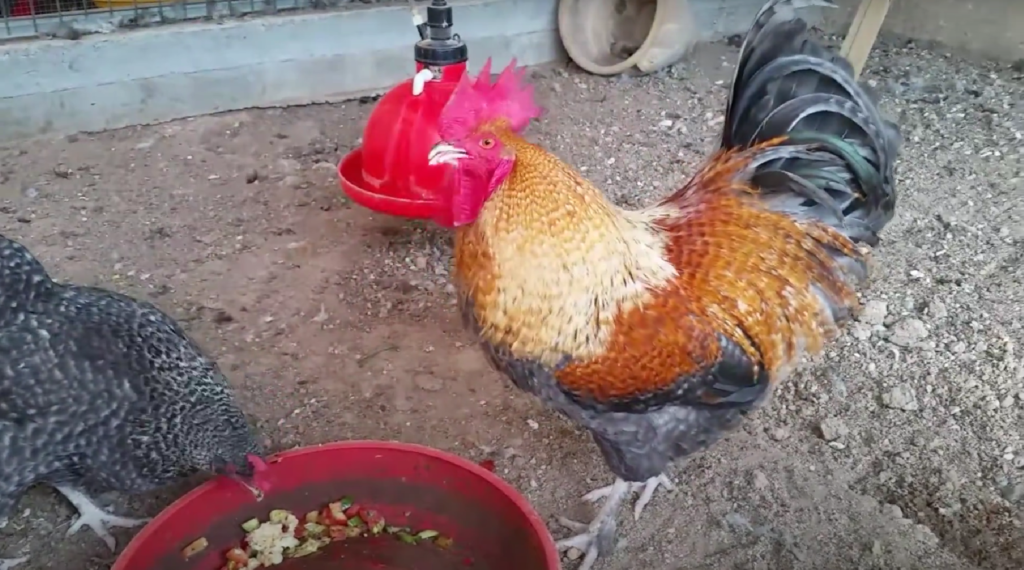
The categorization of Golden Cuckoo Marans as a dual-purpose breed comes from their ability to provide both eggs and meat. This duality adds to their appeal, making them a favorite among homesteaders who value the flavorful meat in addition to the high-quality egg production.
Balancing Egg Production with Meat Yield
Achieving a balance between egg production and meat yield in dual-purpose breeds like the Golden Cuckoo Marans requires careful breeding practices. A genetic compromise is necessary, where higher egg production can negatively affect meat production qualities. Golden Cuckoo Marans hens are capable of laying about 5 to 6 eggs per week, showcasing their strong laying capabilities, even during their first winter.
However, these chickens take a longer time to mature for meat production, which may impact their economic viability if bred solely for meat.
Crossbreeding practices have been employed to create a balance, producing females that are efficient egg layers, while the males and spent hens are utilized for meat production.
The Free Range Factor
There are several advantages associated with free-ranging Golden Cuckoo Marans:
- They actively engage in foraging behavior, providing natural exercise and helping prevent obesity.
- Reduced stress levels from engaging in natural behaviors and having more space can improve these chickens’ overall well-being and egg-laying performance.
- Exposure to sunlight enhances eggshell quality and bone health.
A varied diet from foraging improves the flavor and nutritional value of the meat and may enhance the quality of their eggs. However, housing conditions and climate play a significant role in determining the performance of Golden Cuckoo Marans in free-range systems.
Managing Your Golden Cuckoo Flock
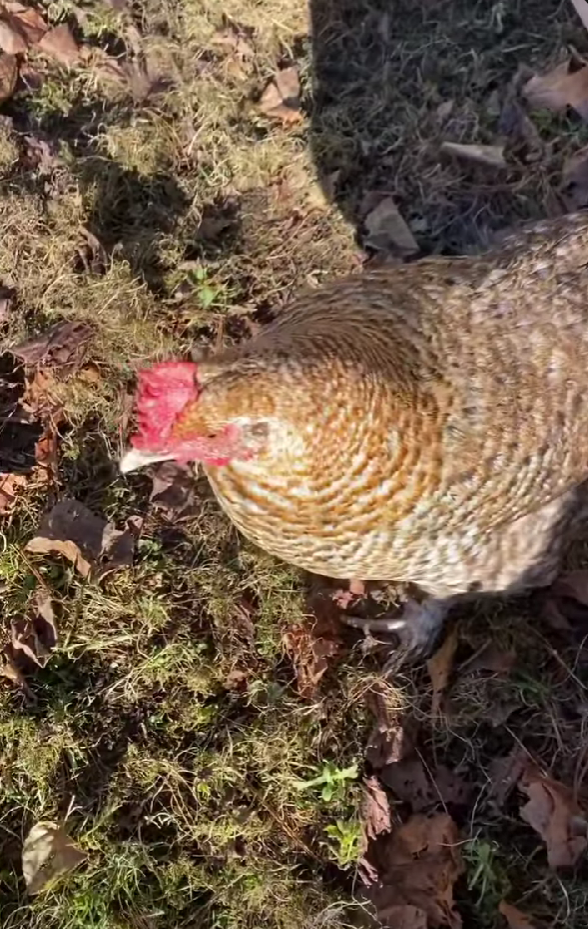
Managing a flock of Golden Cuckoos involves:
- Establishing a consistent feeding schedule
- Ensuring fresh water availability
- Providing a balanced diet
- Regular coop maintenance
- Understanding flock dynamics
Proper management can ensure a thriving flock.
Coop Comforts
Providing a comfortable coop environment is of utmost importance for the well-being of Golden Cuckoo Marans. The coop should be spacious enough for the entire flock, offering at least 2-3 square feet per bird inside the coop and 8-10 square feet per bird in an outside run.
Regular cleanings of the coop are important to prevent a buildup of droppings and reduce the likelihood of parasites and diseases.
Flock Dynamics and Behavior
For effective management, one must understand the flock dynamics and behavior of Golden Cuckoo Marans. These birds can range from friendly to skittish, with roosters tending to be very friendly and mellow, while hens exhibit a more reserved behavior.
Golden Cuckoo Marans are calm and non-aggressive towards smaller chicken breeds, including cuckoo marans chicks, making them a good choice for flocks with mixed sizes.
Mixing with Other Breeds
Golden Cuckoo Marans have an easy-going and peaceful disposition when housed in flocks with multiple chicken varieties. However, when keeping Golden Cuckoo Marans with non-feathered leg breeds, it’s important to ensure ample space to prevent feather pecking due to the Marans’ lightly feathered legs.
Golden Cuckoo Marans Breeding Best Practices
To maintain and improve the breed’s distinct qualities, careful consideration is required when breeding Golden Cuckoo. It’s crucial to adhere to the breed standard, focusing on enhancing the breed rather than creating a wide range of variations.
Selective Breeding Goals
In maintaining the unique characteristics of Golden Cuckoo Marans, selective breeding plays a significant role. Breeders should select for parent stock that lays very dark eggs, as this trait is inherited.
To preserve the breed’s distinctive feather patterns, selective breeding should focus on one color, excluding variations such as blue, to maintain consistency in the breed’s appearance.
Understanding Genetics and Crossbreeding
To develop the unique appearance and traits of Golden Cuckoo Marans, understanding genetics and crossbreeding is essential. The unique feather patterns of these birds are due to the sex-linked barring gene coupled with the buff color gene.
Crossbreeding practices have been employed by selectively breeding a Cuckoo Marans with a Buff Orpington or Buff Cochin, followed by careful selective breeding to establish the breed’s distinctive traits.
Keeping Records and Pedigrees
In a successful breeding program, keeping detailed records and pedigrees is invaluable. Detailed pedigrees are essential for tracing each bird’s lineage and genetic background, aiding in the success of a breeding program.
Tracking matings and offspring is beneficial for both serious breeders and hobbyists aiming to maintain diversity and quality in their flocks.
Frequently Asked Questions
Are cuckoo marans good layers?
Yes, Cuckoo Marans are good layers, producing 4+ medium dark brown eggs per week in their first year, with a total of 220-280 eggs with proper care. As they age, their egg production decreases by 10 to 15% per year.
Why are Maran eggs so expensive?
Maran eggs are expensive due to the low supply and high demand for hens that lay dark, coveted eggs, making them difficult to acquire and driving up prices.
What is the personality of a golden cuckoo Maran?
The personality of a golden cuckoo Maran is generally docile, cold-tolerant, and gentle, making it a suitable option for beginners.
Are golden cuckoo Marans rare?
Yes, the Golden Cuckoo variety of Marans is exceedingly rare and is not commonly offered by hatcheries. Most hatcheries mainly offer the Silver Cuckoo variety instead.
What color eggs do golden cuckoo Marans lay?
Golden Cuckoo Marans lay brown eggs, with hens producing around 4-6 eggs per week. The golden coloring on these Marans may take more than 20 weeks to develop.
Summary
Raising and breeding Golden Cuckoo Marans is a rewarding endeavor. From their unique feathering to their dark brown eggs, these birds offer a unique experience for poultry enthusiasts.
By understanding their history, characteristics, feeding requirements, health care considerations, and breeding practices, you can ensure a thriving flock. And with proper grooming and training, showcasing your Golden Cuckoo can be an exciting part of your journey.
Embrace the allure of this remarkable breed, and experience the joy of raising Golden Cuckoo.

